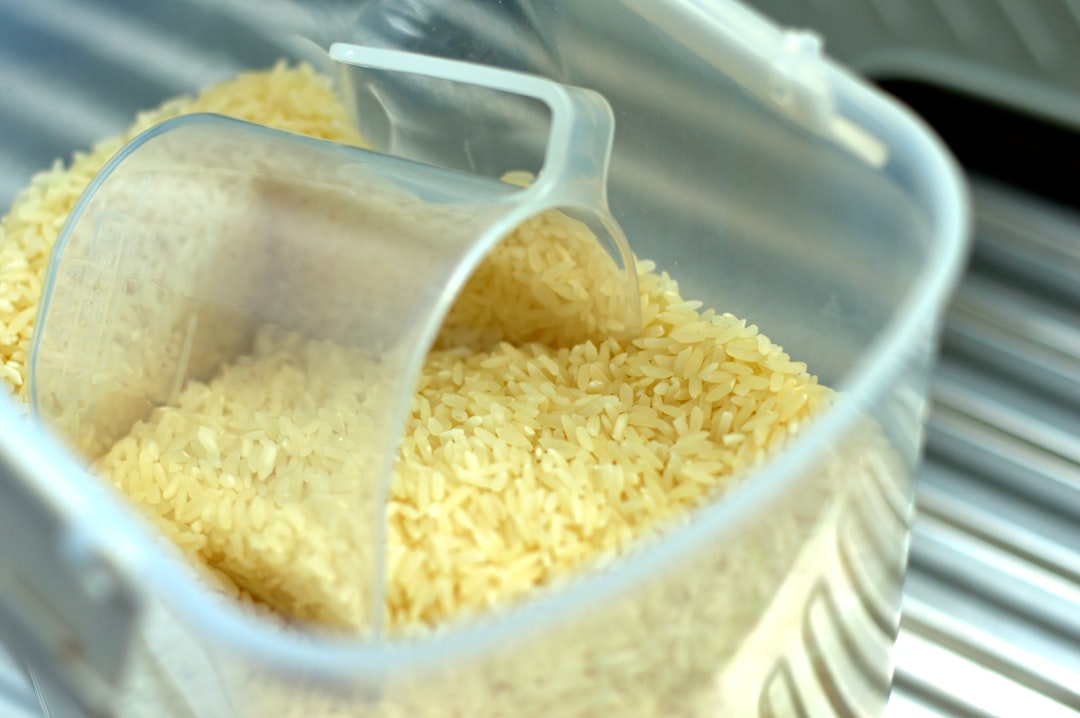What is it about?
Anisotropic hexagonal materials have two permittivity ε: ordinary permittivity ε_o and extraordinary permittivity ε_e. This work demonstrates techniques for characterizing out-of-plane ε_e of 4H SiC using substrate-integrated waveguides (SIWs) or SIW resonators. Such permittivity characterization techniques can be extended to other frequencies, materials, and orientations.
Featured Image

Photo by Olav Ahrens Røtne on Unsplash
Why is it important?
For millimeter-wave power applications, GaN high-electron mobility transistors (HEMTs) are often grown epitaxially on a high-purity semi-insulating c-axis 4H-SiC substrate. For these anisotropic hexagonal materials, the design and modeling of microstrip and coplanar interconnects require detailed knowledge of both the ordinary permittivity ε_o and the extraordinary permittivity ε_e perpendicular and parallel, respectively, to the c-axis. However, conventional dielectric characterization techniques make it difficult to measure ε_e alone or to separate ε_e from ε_o. As the result, there is little data for ε_e , especially at millimeter-wave frequencies. This work shows simple, accurate, and consistent on-wafer characterization techniques of the extraordinary permittivity. Such permittivity characterization techniques can be extended to other frequencies, materials, and orientations.
Read the Original
This page is a summary of: Extraordinary permittivity characterization of 4H SiC at millimeter-wave frequencies, Applied Physics Letters, July 2023, American Institute of Physics,
DOI: 10.1063/5.0148623.
You can read the full text:
Contributors
The following have contributed to this page










